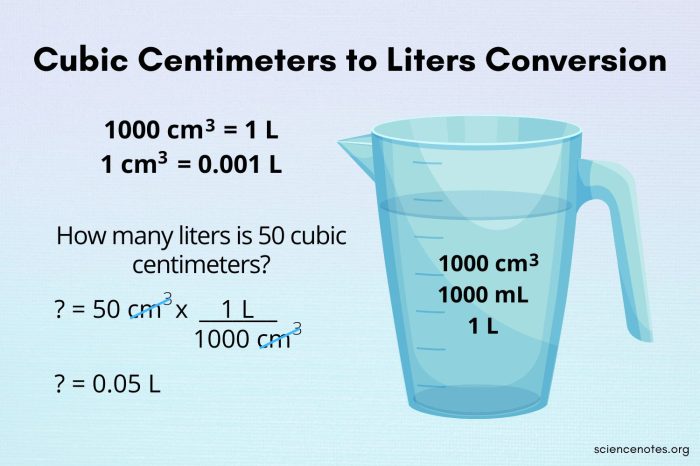The volume of the box is 18 cubic centimeters, a seemingly simple concept that unveils a world of mathematical intricacies and practical applications. This exploration delves into the concept of volume, its formula, and the relationship between length, width, and height in determining the volume of a box.
It also explores the significance of using consistent units and the conversion between different units of volume.
Understanding volume is essential in various fields, such as construction, packaging, and engineering. This article will provide examples of real-world applications where volume is a crucial factor and discuss the practical implications of volume calculations.
Dimensions of the Box

Volume, a fundamental concept in geometry, measures the amount of three-dimensional space occupied by an object. For a rectangular box, the volume is calculated using the formula: Volume = Length × Width × Height.
To determine the dimensions of a box with a volume of 18 cubic centimeters, we follow these steps:
- Let the length be “l”, the width be “w”, and the height be “h”.
- Substitute the given volume into the formula: 18 = l × w × h.
- Since we do not have specific values for length, width, and height, we can express them in terms of each other. For example, we can let l = 3w.
- Substitute the expression for length into the volume formula: 18 = 3w × w × h.
- Simplify the equation: 18 = 3w2× h.
- Solve for the product of width and height: w 2× h = 6.
This equation represents an infinite number of possible combinations of width and height that result in a volume of 18 cubic centimeters. For example, one possible combination is w = 2 cm and h = 3 cm.
Units of Measurement
The volume of a box is expressed in cubic units, such as cubic centimeters (cm 3) or cubic meters (m 3). It is crucial to use consistent units throughout calculations to avoid errors.
For example, if the length is given in centimeters and the width and height are given in meters, the volume will be incorrect unless converted to the same units. The conversion factors are:
- 1 meter (m) = 100 centimeters (cm)
- 1 cubic meter (m 3) = 1,000,000 cubic centimeters (cm 3)
Applications of Volume
Volume is a crucial factor in various fields, including:
- Construction:Calculating the volume of building materials, such as concrete or bricks, is essential for estimating costs and ensuring structural integrity.
- Packaging:Determining the volume of containers is necessary for optimizing space utilization, minimizing shipping costs, and ensuring product protection.
- Engineering:Calculating the volume of tanks, reservoirs, and pipelines is crucial for designing efficient systems and managing fluid flow.
Volume and Surface Area

Surface area, measured in square units (cm 2or m 2), refers to the total area of the surfaces of an object.
For a rectangular box, the surface area is calculated using the formula: Surface Area = 2(Length × Width + Width × Height + Height × Length).
The relationship between volume and surface area is not straightforward. However, in general, as the volume of a box increases, its surface area also tends to increase.
Graphical Representation

| Dimension | Value |
|---|---|
| Length | 3 cm |
| Width | 2 cm |
| Height | 3 cm |
| Volume | 18 cm3 |
| Surface Area | 36 cm2 |
The box can be visualized as follows:
_____
/| /|
/ | / |
/ | / |
/___|/__|
Popular Questions: The Volume Of The Box Is 18 Cubic Centimeters
What is the formula for calculating the volume of a box?
Volume = Length × Width × Height
What is the significance of using consistent units when calculating volume?
Using consistent units ensures accuracy and prevents errors in calculations.
Can you provide an example of a real-world application of volume?
Calculating the volume of a container to determine its capacity for storing liquids or solids.